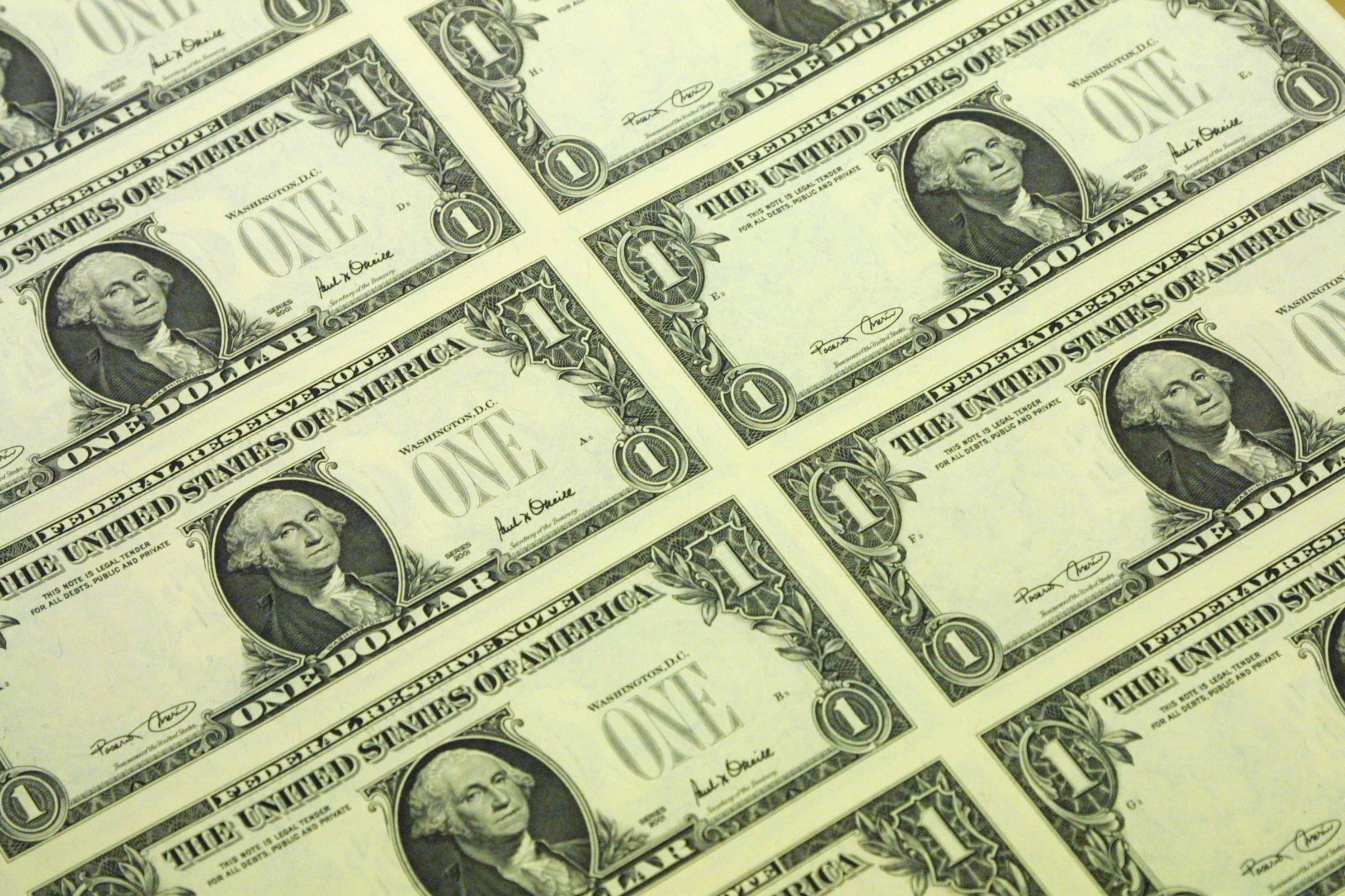Forex
The american dollar rate today is stable amid tough rhetoric by Fed officials

The american dollar rate today was steady in choppy trading on Wednesday after comments from Fed officials about further aggressive rate hikes.
The dollar index to a basket of six major currencies (.DXY) was up 0.03% to 106.272 by 10:06 MSK, recovering earlier losses. Market participants seemed calmed by the fact that U.S. House Speaker Nancy Pelosi’s visit to Taiwan brought no surprises.
“The market has relaxed a bit, probably because of the situation between the U.S. and China,” said Mo Siong Sim of Bank of Singapore.
“I think the market was probably preparing for the worst outcome, maybe the lack of news is good news.”
Recently, Fed officials said they remain united and determined to raise rates to a level that will ensure the stability of the economy.
The Commonwealth Bank of Australia said that in the near future the dollar index will exceed the figure of 108.

 Forex3 years ago
Forex3 years agoForex Today: the dollar is gaining strength amid gloomy sentiment at the start of the Fed’s week

 Forex3 years ago
Forex3 years agoUnbiased review of Pocket Option broker

 Forex3 years ago
Forex3 years agoDollar to pound sterling exchange rate today: Pound plummeted to its lowest since 1985

 Forex3 years ago
Forex3 years agoHow is the Australian dollar doing today?

 Cryptocurrency3 years ago
Cryptocurrency3 years agoWhat happened in the crypto market – current events today

 World3 years ago
World3 years agoWhy are modern video games an art form?

 Commodities3 years ago
Commodities3 years agoCopper continues to fall in price on expectations of lower demand in China

 Economy3 years ago
Economy3 years agoCrude oil tankers double in price due to EU anti-Russian sanctions

























